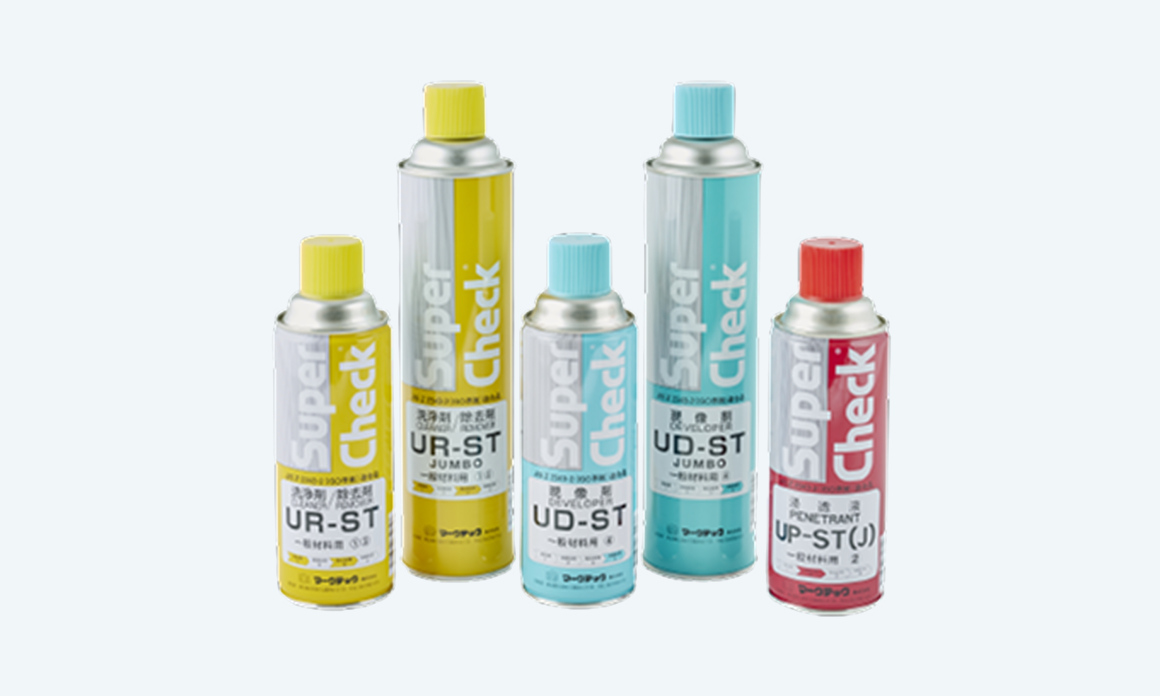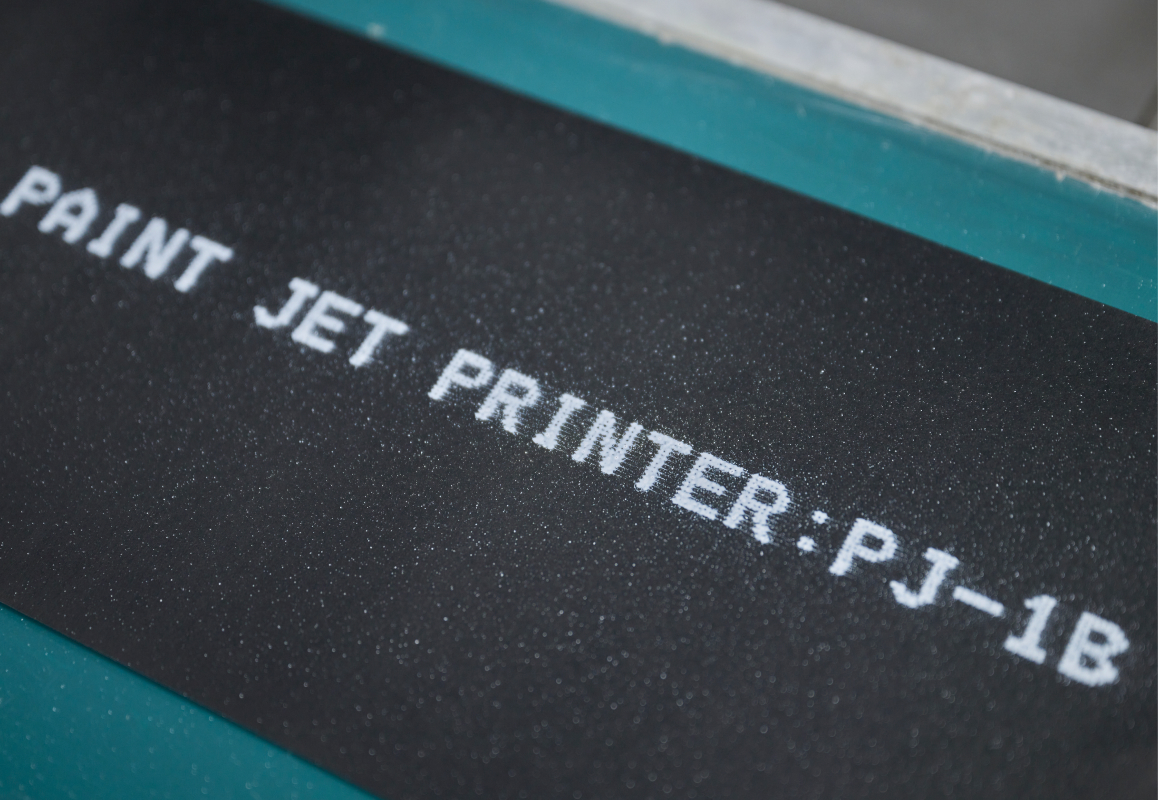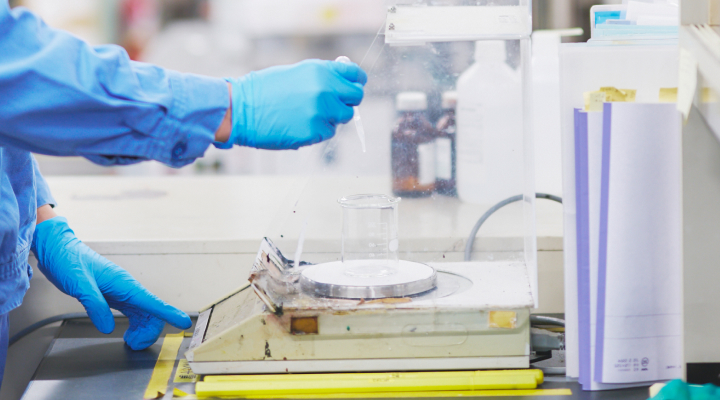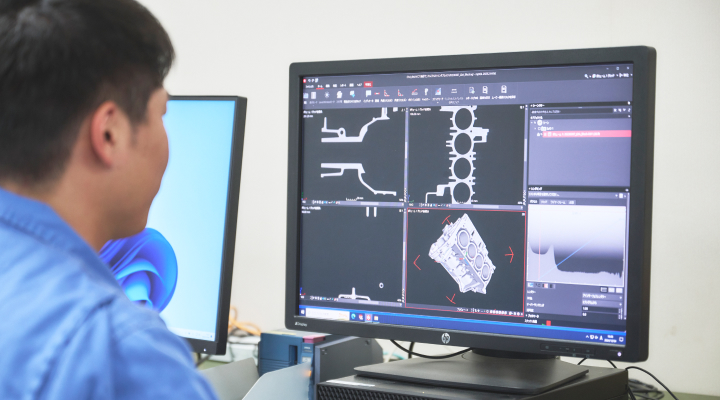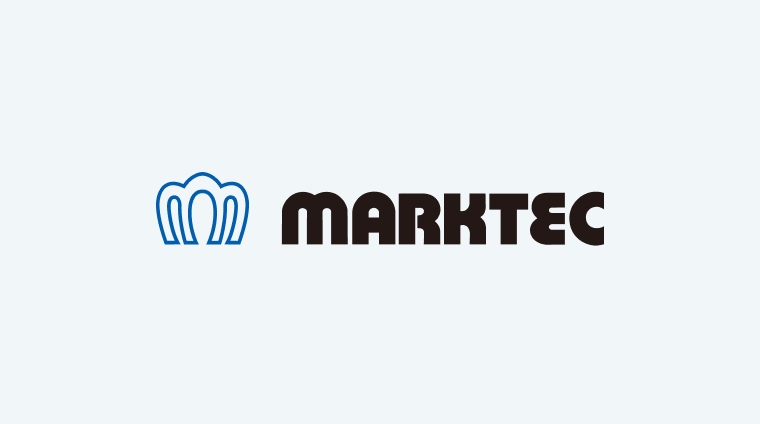- Well-understood course
A Course to Better Understand Non-destructive Testing
- Non-destructive testing
What is non-destructive testing?
It refers to the technology and methodology for testing the various products and materials we use every day to see if there are any defects in the quality, performance, or characteristics of the products without destroying them. It is equivalent to a medical checkup for humans.
NDT stands for Non-destructive Testing.
Do NDT and NDI mean the same thing?
NDT stands for Non-destructive Testing. NDI stands for Non-destructive Inspection.
In other words, NDT is used for non-destructive “testing,” but NDI is used for “inspection” that determines pass/fail.
The term Non-destructive Evaluation (NDE) is also used when conducting an “evaluation” of materials or products.
How can you find out the condition of a product without destroying it?
Since humans are living beings, we can learn about their health condition from changes in body temperature and breathing patterns, but with metal or plastic, it is impossible to tell whether there are minute surface or internal flaws just by looking at them from the outside.
So we can visualize minute surface flaws that are invisible to the naked eye, and apply energy from the outside, such as ultrasound, X-rays, electricity, magnetism, or heat, and learn whether a material is sound or not by its reaction.
For example, in the case of surface flaws, minute flaws can be magnified dozens or even hundreds of times using penetrants or magnetic powder, while internal flaws can be identified by taking X-ray photographs of machine parts, and the presence and size of flaws can be identified by applying ultrasound to steel pipes.
Please tell me specific non-destructive testing methods.
The currently widely used test methods and their applications are as follows.
(1) Finding flaws (flaw detection tests)
Various non-destructive flaw detection test methods
| Testing | Overview of the methods | Applicable to | Notes |
|---|---|---|---|
| Penetrant testing | A highly penetrating liquid is applied to the surface of the test specimen, and the liquid that penetrates into the surface opening flaw is used to identify the flaw. | Metal materials, plastics, ceramic materials and products | Uses penetrant, cleaner, and developer |
| Magnetic particle testing | A ferromagnetic material is magnetized, and magnetic powder is attracted to the magnetic field leaking from discontinuities such as flaws to identify the flaws. | Ferromagnetic materials and products | Uses magnetizer, magnetic powder, and black light |
| Eddy-current testing | Measure changes in eddy currents that occur on the surface of metal materials when exposed to an alternating magnetic field to identify flaws and determine materials, dimensions, etc. | Metal materials and products | Uses eddy current testing equipment |
| Magnetic Flux Leakage Testing Method | Identify the flaws and determine the dimensions of magnetized steel and other materials from the strength of the magnetic field leaking from the flaws | Ferromagnetic materials and products | Uses magnetic flux leakage testing equipment |
| Radiographic testing | X-rays, gamma rays, etc. are irradiated, and internal flaws, materials, and dimensions are identified and determined based on differences in absorption characteristics. | Steel materials, steel parts and structures, etc. | Usually determined by photographic film |
| Ultrasonic testing | Ultrasonic waves are applied and the strength and position of the reflected waves are measured to determine the presence and size of flaws. | Metal materials and products, ceramics, plastics, etc. | Uses ultrasonic testing equipment |
| Potentiometric Method | An electric current is passed through the surface of the test specimen, and surface flaws are identified by the local potential difference on the surface. | Metal materials, carbon materials and products | |
| Infrared Thermography | Infrared radiation from the surface of an object is captured and converted into a two-dimensional image of the surface temperature to determine its soundness, etc. | Solid materials and structures, etc. | Uses infrared thermo cameras, etc. |
| Method for Visual Testing | A method to detect surface flaws using the human eye, sometimes with the aid of optical instruments | Visual acuity and experience significantly affect the results. |
(2) Find out dimensions, materials, etc. (non-destructive testing)
Various non-destructive testing methods
| Classification | Purpose of the test | Overview | Notes |
|---|---|---|---|
| Radiation | Thickness measurement | Measures the amount of transmitted or backscattered radiation to measure the thickness of steel plates, etc. | X-ray, Y-ray thickness gauge |
| Composition analysis | Measures characteristic X-rays to identify the elements contained in steel, etc. | X-ray analyzer | |
| Shape measurement | Uses image analysis technology to determine the shape from transmission images and CT images | X-ray CT device, X-ray transmission device, etc. | |
| Ultrasonic | Dimension measurement | Determines dimensions such as plate thickness from the ultrasonic reflection time in the direction of plate thickness | Ultrasonic thickness gauge |
| Grain size measurement Spheroidization rate measurement Hardening depth measurement | Measures the attenuation of ultrasonic waves applied to steel to determine the crystal grain size. Also determines the hardening depth and cast iron structure state from the steel’s grain size or graphite spheroidization rate | Ultrasonic hardness gauge | |
| Hardness measurement | Measures the hardness of the material as a change in the frequency of the ultrasonic probe attached to the indenter | Ultrasonic hardness gauge | |
| Magnetic | Thickness measurement | Measures the thickness of a non-magnetic film on a magnetic material by measuring magnetic flux | Magnetic film thickness gauge |
| Material measurement | Identifies the material from the difference in magnetic properties depending on the material | Magnetic permeability tester Resistance tester | |
| Foreign body inspection | Detects ferromagnetic materials in non-ferromagnetic objects | Iron chip detector | |
| Electromagnetic induction | Thickness measurement | Determines the thickness of non-metallic materials on metallic materials by the degree of electromagnetic coupling | Electromagnetic thickness gauge |
| Material measurement | Measures the electrical resistance and magnetic permeability of metal materials to identify their properties | Electromagnetic material tester | |
| Material differentiation | Detects the presence of different metals | Electromagnetic material tester | |
| Thermography | Thickness measurement | Determines the thickness of a material made up of two layers based on the difference in heat transfer coefficient | Infrared thermometer Infrared camera |

